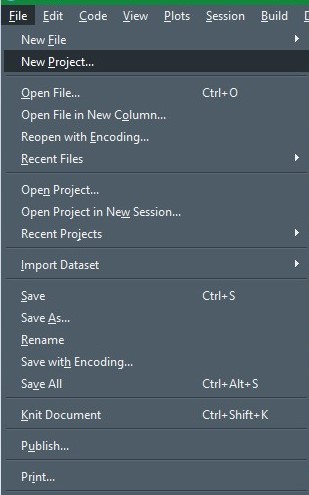
Structured Coding: Best Practices for Optimal Code Organization
Effective code structure is foundational to writing maintainable and scalable software. Adopting best practices for code organization enhances readability, facilitates collaboration, and contributes to the overall success of a project. Here, we explore essential tips for structuring your code effectively.
Understand the Importance of Code Structure
Code structure is more than just aesthetics; it directly impacts how easy or challenging it is to maintain and build upon your codebase. A well-organized code structure improves the clarity of your code, making it accessible to you and your collaborators. Understanding its importance is the first step towards adopting best practices.
Follow a Consistent Naming Convention
Consistency in naming conventions is crucial for code readability. Adopt a naming convention for variables, functions, classes, and other identifiers, and adhere to it consistently throughout your codebase. This practice ensures that anyone reading your code can quickly understand the purpose of each element.
Organize Code into Logical Modules and Files
Breaking down your code into logical modules and files promotes modularity and enhances organization. Each module should encapsulate a specific functionality or feature, making it easier to locate and manage relevant code. Well-organized files contribute to a clear project structure.
Use Meaningful Comments and Documentation
Meaningful comments and documentation are essential for conveying the purpose and functionality of your code. Incorporate comments to explain complex logic, provide context for decisions, and document the usage of functions or classes. Documentation tools can generate comprehensive project documentation from well-annotated code.
Adopt a Modular Design Approach
A modular design approach involves creating independent, interchangeable modules that can be combined to build a complete system. Modular code is easier to test, maintain, and extend. Design your codebase to consist of cohesive modules with well-defined interfaces to foster modularity.
Implement Design Patterns
Design patterns are proven solutions to common software design problems. Integrating design patterns into your codebase can improve its structure and maintainability. Familiarize yourself with commonly used design patterns and apply them appropriately to address specific design challenges.
Practice DRY (Don’t Repeat Yourself) Principle
Avoid code duplication by adhering to the DRY principle. Identify repetitive patterns or functionalities in your code and extract them into reusable functions, classes, or modules. This not only reduces redundancy but also makes your code more maintainable and less prone to errors.
Consider Code Review and Collaboration
A well-structured codebase is conducive to effective code reviews and collaboration. Establish coding standards within your team and conduct regular code reviews to ensure that code adheres to these standards. Encourage open communication and constructive feedback among team members.
Optimize for Readability and Understandability
Prioritize readability and understandability when structuring your code. Choose meaningful variable and function names, organize code in a logical sequence, and avoid overly complex structures. A readable codebase is easier to maintain, especially when team members need to work on different parts of the project.
Regularly Refactor and Improve Code Structure
Code structure is not static; it evolves over time. Regularly assess your codebase for opportunities to refactor and improve its structure. As your project grows and requirements change, refining the code structure ensures that it remains aligned with best practices and project goals.
For more insights on Code Structure Best Practices Tips, visit boydmillerwebdesign.com. Embracing these best practices will contribute to a well-organized, maintainable, and scalable codebase, laying the groundwork for successful software development.










